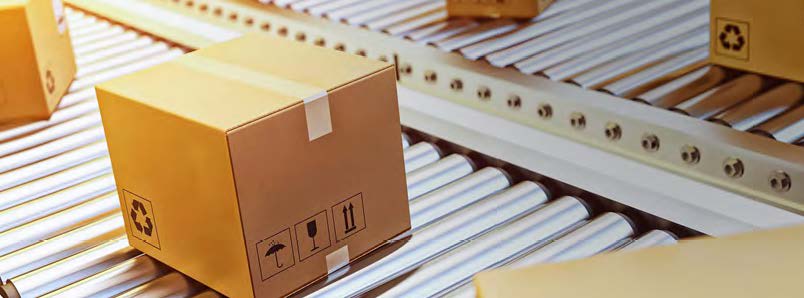Funding help for design and Investment during financial instability
Follow articleHow do you feel about this article? Help us to provide better content for you.
Thank you! Your feedback has been received.
There was a problem submitting your feedback, please try again later.
What do you think of this article?
A cost-of-living crisis, increasing fuel bills, supply chain instability, and constrained workforce availability…
These are all topics that we hear on news bulletins daily, and the knock-on effects are evident in industry as we still see a period of the sands settling after the return-to-work post-pandemic.
So, when the market is so volatile, should that mean that industry should halt and attempts in advancements in products or processes? There is business analogy that standing still is the same as falling behind and that can be as simple as your competitor making that simple upgrade or has integrated a new feature that sets them apart from the crowd. Or from the manufacturing process, or upgraded automation in shipping and logistics to find a way to streamline the process and reduce their costs to lower their go-to-market price?
In the UK, the government statistics divide businesses into twenty different sectors, but the top five sectors account for 82% of the quantifiable research and development [1]. It will be no surprise that these industries are;
- Manufacturing
- Information and Communication
- Professional, Scientific & Technical
- Wholesale, Retail and Repair
- Construction
Manufacturing alone accounts for 22% of the activity in R&D and it is easy to visualize why when you think of any manufacturing or production environment now versus how it may have looked five to ten years ago. It may previously have been a very manual process and workers tightly packed together. Now we can see automation, robotics, applied AI from systems and from the human side we now live with low-touch scenarios and physical distancing.
As for Information and Communication in the second highest ranked sector of research and development… That can be estimated to rise faster when you consider the advancement in the platforms, processes, and systems that we take for granted and rely on for business to function which may not have even existed as a concept a few years ago.
We have established the need to grow and continue to make our collective outputs safer, smarter, more efficient, and more reliable to try and maintain a competitive advantage. There is the need to protect your ‘brand’ from any cost or poor quality and reduce field issues, which flows into the customer experience and removes the motivation for your customers to consider that competitor we mentioned. It can feel like it is you versus the world, but there is motivation elsewhere for your business to continue to innovate and drive your output forward.
For industry in the UK there is encouragement from the government and HMRC to stimulate this continued development. The markets can be seen as a global playground with the availability of products being shipped in from other territories, so how can the UK government continue to keep the British business at the forefront of innovation? It is gone unnoticed in some areas that there are processes available to recover tax expenditure from these activities. If business has expended time, investigation hours, design effort and energy, the Government can pay a portion of the financial expenditure back as a rebate through HMRC. This softens the outlay of any work done to be a stimulus to keep developing.
It is potentially an unexplored source of revenue back into businesses who are still working on research and development with an estimate that 90% of qualifying businesses have not claimed, either through being unaware of the legislation or make a general assumption that that do not qualify. The qualification boundaries should not been seen as having to create a totally new invention or products, but should be considered as something that makes an appreciable improvement to a product or process through technical or scientific investment.
The available pot for revenue the HMRC can put back into industry for 2022-2025 has been confirmed as £39.8 billion [2]. This has been the largest allowance to be made available for the UK R&D budget. It all goes towards the aim of making the UK a ‘science superpower and innovation nation’. With many small and medium sized innovative companies finding their finances becoming ever more stretched, this could be an untapped revenue stream to keep the wheels of innovation turning and a much needed source of revenue back into the players still working on development. Leave no stone unturned when it comes to keeping your business viable and tapping into the funds which are available.
Sources



